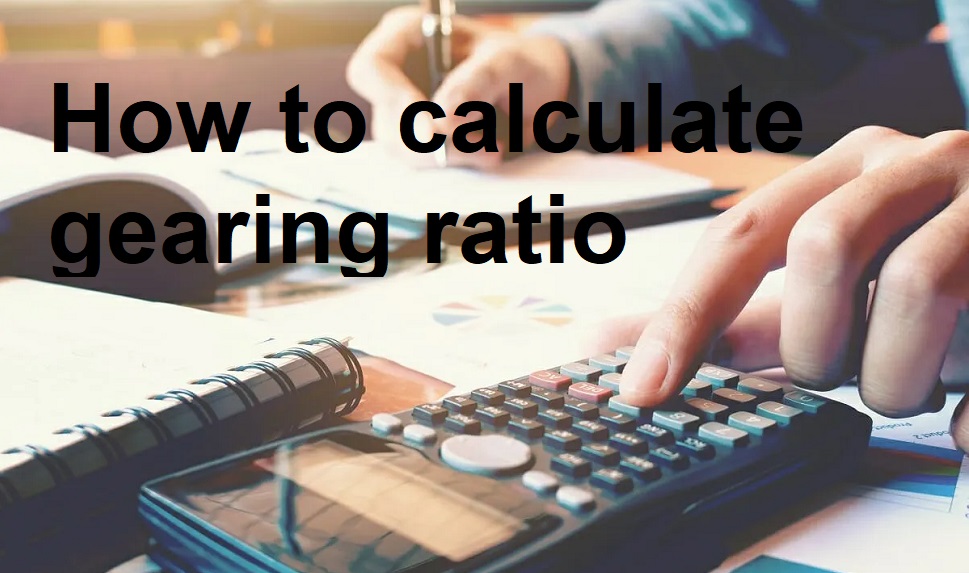
This may indicate, for example, that the company has taken advantage of a fall in interest rates to take out a loan, rather than drawing on its reserves. Gear ratios can be used to determine the speed of rotation of a gear set if the input or output speed of the gear set is known. The gear ratio is the ratio of the number of turns the output shaft makes when the input shaft turns once. Much depends on the ability of the business to grow profits and generate positive cash flow to service the debt.
Examining Companies by Their Gearing
In this article, we will learn everything about Gear Ratio Calculation. This article helps you in your preparation journey for c corporation taxes SSC JE Mechanical and GATE ME exams. Ask a question about your financial situation providing as much detail as possible.

Return on Investment (ROI): Definition, Usage, Formula, and Example
A safe gearing ratio can vary by company and is largely determined by how a company’s debt is managed and how well the company is performing. Many factors should be considered when analyzing gearing ratios such as earnings growth, market share, and the cash flow of the company. A positive gearing ratio indicates that the company has more debt than equity, implying higher financial leverage. A gearing ratio of 0% means the company has no obligation and is entirely funded by equity. However, a negative gearing ratio would imply that the company has negative debt or negative equity, which is not a practical or meaningful concept in financial analysis. Gearing ratios are useful for both internal and external parties.
Example of a Gearing Ratio Calculation
(Equity Ratio is a representation of the total equity that the company has as a percentage of the total assets. If your company has debt of €100,000 and your balance sheet shows €75,000 in equity, your gearing ratio would be equivalent to 133% (relatively high ratio). It is completely acceptable for a gearing ratio to be above 80% for a short period of time.
And that the ratio across the second gear set is 40 over 10 or 4 to 1. This information can be used to determine the ratio across the entire series of gears. Gearing helps to determine the creditworthiness of a business. Lenders may consider a company’s gearing ratio when deciding whether to provide it with credit.
In addition to assessing their dependence on banks, a gearing ratio measures their capacity to incur debt from them. A gearing ratio clarifies the source of financing for operations in a company. The main advantage lies in gaining a better idea of its reliability and ability to weather periods of financial instability. In this sense, the higher the debt to equity ratio, the more dependent the company is on its third parties. Note that in addition to the debt to equity ratio, there are several debt ratios that compare a company’s equity to its borrowed funds.
- We follow strict ethical journalism practices, which includes presenting unbiased information and citing reliable, attributed resources.
- Gearing ratio is an important financial metric that measures the level of debt used to finance a company’s assets and operations relative to equity.
- The Interest Coverage Ratio measures the ability to cover interest expense from year to year rather than the overall solvency of a company.
Anything above 100% indicates higher financial leverage and risk. A company with a highly geared capital structure will have to pay high fixed interest costs on long-term loans and more dividends on preferred stock. However, it’s crucial to understand how to interpret them first. Just because a company has a high gearing ratio doesn’t mean that the company is having financial difficulties.
Gear is a round wheel that has teeth that mesh with other gear teeth, allowing the force to be fully transferred without slippage.
Leave A Comment